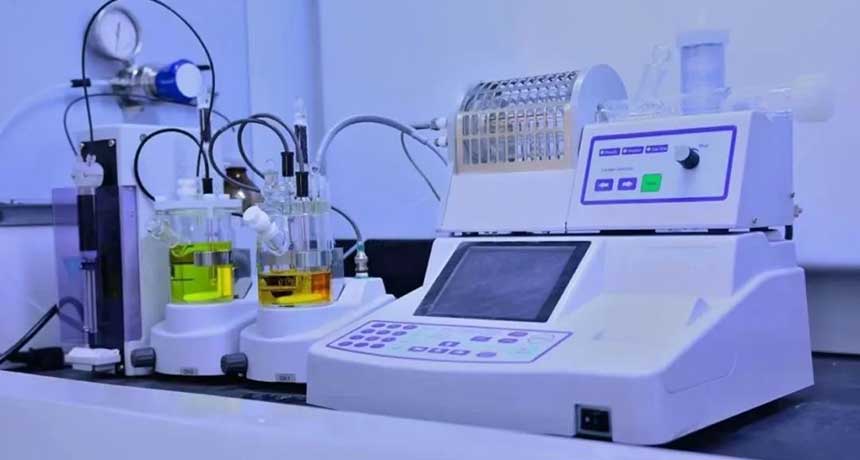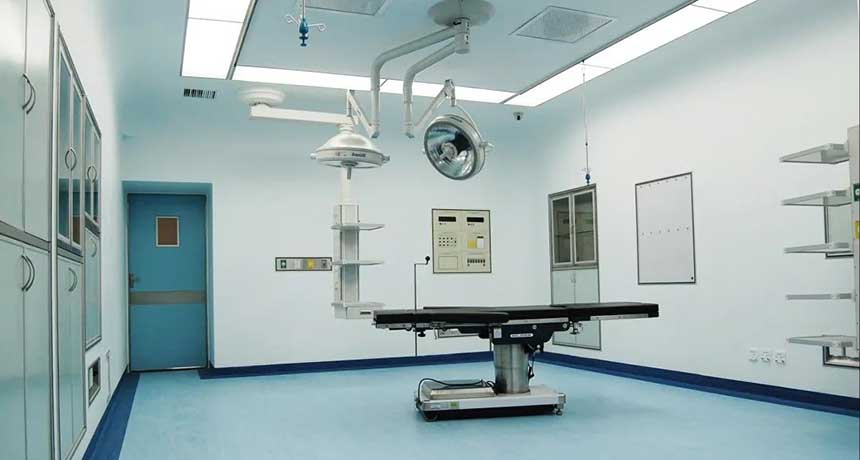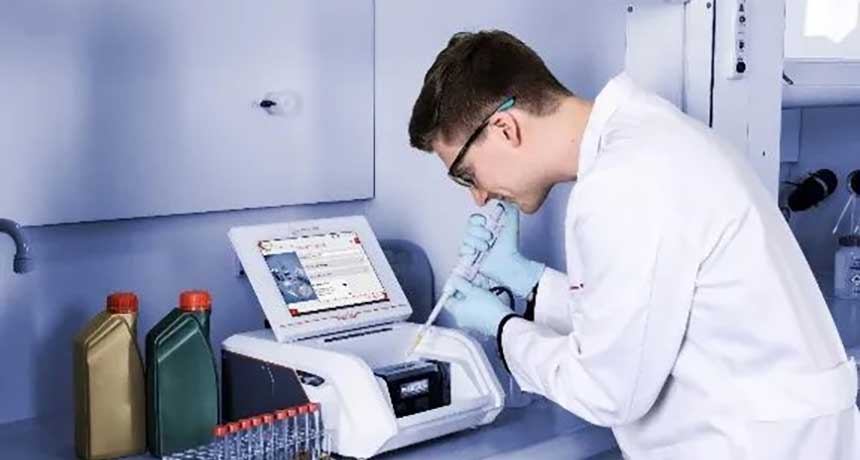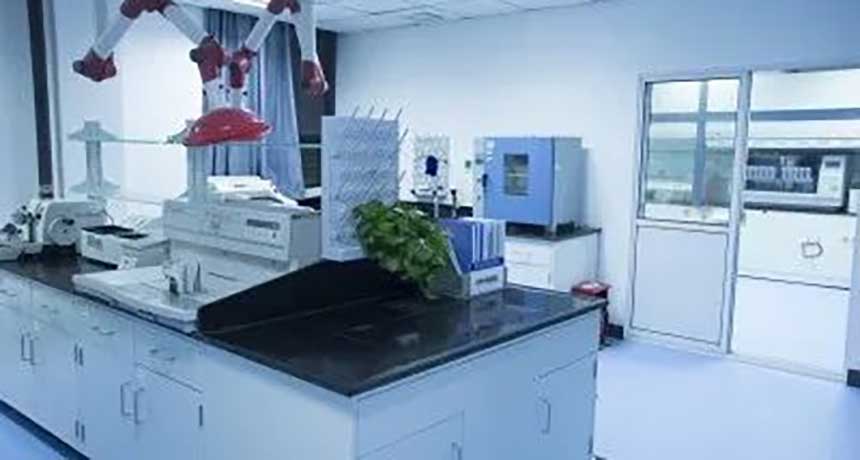The
ventilator is a vital medical equipment that can prevent and treat respiratory failure, reduce complications, and save and extend the patient's life. Nowadays, there are household ventilators for home use, which are very convenient to use. When using a home ventilator, you must first connect the relevant equipment, then select the breathing mode, adjust the relevant parameters, and then stop the ventilator when your breathing and coughing abilities are restored and you can breathe on your own. Please read the product instruction manual carefully before use and use it as required. Next, let’s learn how to use a home ventilator correctly and what precautions should be taken when using a ventilator.
The correct way to use a home ventilator
A home ventilator is a ventilator used in a home environment. How to use it:
1. Connect related equipment
Connect the home ventilator tubing, oxygen, and power. The startup sequence is air compressor, humidifier, host, and machine self-check. The shutdown sequence of the ventilator is exactly the opposite, that is, first turn off the main unit, then turn off the humidifier, air compressor, and then turn off the air source.
2. Select breathing mode
(1) Assist/Control mode (A/C): Volume control mode is a commonly used gas mode for adults, which can ensure ventilation. Pressure controlled gas (PCV) is commonly used in children.
With constant pressure, lung barotrauma is less likely to occur. (2) Synchronized Intermittent Mandatory Ventilation (SIMV): The purpose is to ensure ventilation and to help exercise respiratory muscles. It is more commonly used and is often used as an excessive measure before weaning. (3) Pressure Support Ventilation (PSV): It allows the patient to breathe spontaneously. After the ventilator is triggered, the ventilator provides a certain amount of pressure support to the patient to increase ventilation. It is a ventilator-assisted autonomous ventilation mode with good synchronization. It can be used in conjunction with SIMV.
(4) Continuous positive airway pressure (CPAP): On the basis of the patient's spontaneous breathing, the ventilator provides a certain pressure in both phases of inhalation and expiration to open the alveoli. It is suitable for patients with decreased lung compliance and atelectasis. Obstructive sleep apnea syndrome, etc.
(5) Positive end-expiratory pressure (PEEP): The positive pressure in the airway is still maintained during exhalation at a predetermined positive pressure level. It is generally recommended that the end-expiratory pressure is 510cmH20. Because normal people maintain a certain positive pressure due to the closing of the glottis at the end of expiration, it is called physiological PEEP, which is generally between 1-3 cm of water column. It is mainly to maintain functional residual capacity and prevent alveolar collapse. After the patient is intubated, this physiological protective effect is lost. Therefore, PEEP of 1-3cmH2C can be used during mechanical ventilation, but it should not be too high to prevent pulmonary bullae and barotrauma. This mode is mainly used in ARDS and lung disease. Patients with edema.
3. Adjust relevant parameters
(1) When Pa02 is too low: increase oxygen concentration, use PEEP appropriately, increase minute ventilation, and extend ventilation time
(2) When Pa02 is too high: Reduce oxygen concentration, gradually reduce PEEP, and reduce minute ventilation
(3) When PaCO2 is too high: increase respiratory frequency, increase tidal volume, and appropriately lower the inhalation-to-exhalation ratio
(4) When PaCO2 is too low: Reduce respiratory frequency, reduce tidal volume, extend expiration time, and increase the inspiration-to-exhalation ratio
4. The patient's ability to breathe and cough after shutdown is restored, spontaneous breathing can produce sufficient ventilation, and the blood oxygen saturation is always maintained above 90%. If the pulmonary infection is under control, there are not many respiratory secretions, there are no serious pulmonary or systemic complications, the arterial blood gas analysis PA02 is greater than 50MMHG, there is no significant increase in PACO2, and the pH value is basically normal, the machine can be shut down.
What are the precautions for using a home ventilator?
1. When using a household ventilator for the first time, you must first turn it on and off to make sure you can turn it on and off correctly, and check whether the machine can work normally. If you have any questions, please contact the seller or manufacturer promptly. You may feel uncomfortable the first time you use the ventilator, but this is normal. You can take a few deep breaths. After a period of self-adjustment, the patient will gradually adapt to this new feeling.
2. Read the product instruction manual carefully before use, and connect the ventilator, humidifier, nasal device or oronasal device according to the usage diagram in the instruction manual. 3. Before use, make sure that pure water or distilled water has been added to the humidifier, and the amount cannot exceed Specify location.
4. If the patient wants to temporarily leave the machine during use, it is best to turn off the machine first, take off the nasal mask or oronasal mask before leaving. When returning, put on the nasal mask or oronasal mask before turning it back on.
5. If using a nasal mask, try to keep your mouth closed during treatment. Oral air leakage will result in reduced efficacy. If the problem of oral air leakage cannot be solved, you can use an oronasal mask or use a chin strap
6. The ventilator works best when the mask is worn well and comfortable. Air leakage will affect the efficacy, so it is very important to eliminate the air leakage. Before putting on the mask, please wash your face to remove excess facial oil. This will help the mask fit better and extend the life of the mask pad.
7. During use, dryness of the nose, mouth and throat may occur, which is more obvious in winter. Often, adding a humidifier eliminates
Discomfort.
8. In the first few weeks of treatment, sneezing, runny nose, nasal congestion, etc. may occur. Usually, adding a humidifier can solve the above problems. 9. Most ventilators have a built-in source converter, which is suitable for voltages of 100-240V and 50-60HZ, making the ventilator universally applicable. When traveling internationally, no special adjustments are required, but a power plug adapter may be required.
10. It is best to clean the mask once a day and clean the pipes every three days. For cleaning methods, please refer to the disinfection method attached to the ventilator manual.
3. What are the basic parameters of household ventilators?
1. Oxygen concentration calculation formula: 21+4 flow rate, low concentration oxygen (24-40%), suitable for COPD sufferers, medium concentration oxygen (40-60%), suitable for high concentration oxygen when carbon dioxide is lacking and retained (greater than 60%) is suitable for CO poisoning, cardiogenic shock and severe trauma after major surgery. Inhalation of high-concentration oxygen should not exceed 1-2 days, otherwise it is easy to cause oxygen poisoning.
2. Tidal volume
Generally set at 8-10mlkg, for patients with poor lung compliance such as ARDS, pulmonary edema, atelectasis, etc., it can be set at 10-12ml/kg, and the maximum available is 1015/ml/kg.
3. Respiratory frequency
Generally, 8-14 breaths/min is selected. If the patient is allowed to gradually adapt before weaning from the machine, the respiratory rate can be reduced to 2-10 breaths/min.
4. Inhalation/exhalation time ratio
In case of obstructive ventilation disorder, the ratio of inhalation:exhalation is 1:2-2.5, combined with a slow frequency; in the case of restrictive ventilation disorder, the ratio of inhalation:exhalation is 1:1.5, combined with a faster frequency.
5. Pressure support
Set this parameter when using pressure support ventilation mode, mild lesions in the lungs: 15-20CMH20, moderate lesions: 20-25cmH20; severe lesions: 25.
30CMH20.
The above are some things that need to be paid attention to when using ventilators. YSENMED is a medical equipment supplier from China. We have 20 years of experience in the medical equipment industry.






